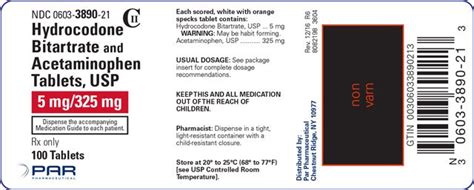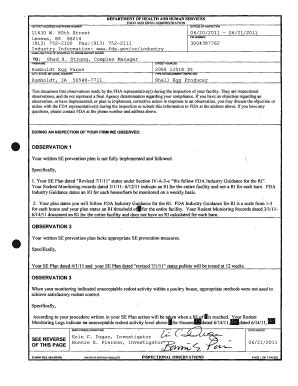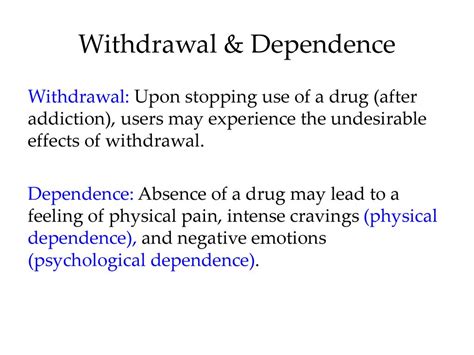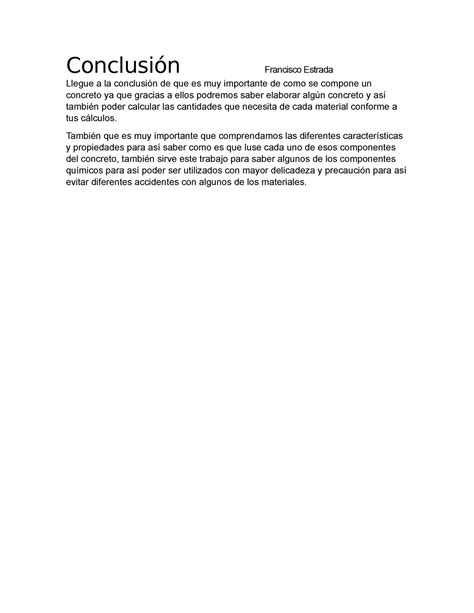Intro
Learn about Hydrocodone Acetaminophen 5-325, a potent pain reliever combining hydrocodone and acetaminophen, treating moderate pain, with dosage and side effects guidance.
Hydrocodone acetaminophen 5-325 is a combination medication used to treat moderate to severe pain. It contains two active ingredients: hydrocodone, an opioid pain reliever, and acetaminophen, a non-opioid pain reliever and fever reducer. The numbers 5-325 represent the strengths of the two ingredients in milligrams: 5mg of hydrocodone and 325mg of acetaminophen per tablet.
The importance of understanding this medication cannot be overstated, given its widespread use and potential for both benefits and risks. As with any medication, especially those that contain opioids, it's crucial for patients to be well-informed about its proper use, potential side effects, and the risks of dependence and overdose. This knowledge enables individuals to use hydrocodone acetaminophen 5-325 safely and effectively, minimizing the risk of adverse outcomes.
The combination of hydrocodone and acetaminophen in hydrocodone acetaminophen 5-325 works synergistically to provide relief from pain that is not adequately managed by over-the-counter medications or when other treatments are not appropriate. Hydrocodone acts on the central nervous system to alter the perception of and response to pain, while acetaminophen helps to reduce fever and relieve pain through different mechanisms. This dual-action approach makes hydrocodone acetaminophen 5-325 a versatile and effective pain management option for various types of pain, including post-surgical pain, dental pain, and chronic pain conditions.
How Hydrocodone Acetaminophen 5-325 Works

Hydrocodone acetaminophen 5-325 is absorbed into the bloodstream after oral administration, with peak effects typically occurring within 1.3 to 2 hours for hydrocodone and 0.5 to 2 hours for acetaminophen. The duration of action for both components is approximately 4 to 6 hours, although this can vary based on individual factors such as metabolism and the presence of other medical conditions. The opioid component, hydrocodone, binds to opioid receptors in the brain, spinal cord, and other areas, reducing the transmission of pain signals. Acetaminophen, on the other hand, is believed to act centrally in the brain to produce its analgesic effects, although its exact mechanism of action is not fully understood.
Benefits of Hydrocodone Acetaminophen 5-325
The benefits of hydrocodone acetaminophen 5-325 include its effectiveness in managing moderate to severe pain, its relatively fast onset of action, and its availability in various formulations, including tablets and liquid solutions, which can be beneficial for patients with difficulty swallowing. Additionally, the combination of hydrocodone and acetaminophen can provide a synergistic effect, potentially allowing for lower doses of each medication to achieve the desired pain relief, which may reduce the risk of side effects.Risks and Side Effects of Hydrocodone Acetaminophen 5-325

While hydrocodone acetaminophen 5-325 can be an effective pain management option, it is not without risks and side effects. Common side effects include drowsiness, dizziness, nausea, vomiting, constipation, and headache. More serious side effects can include respiratory depression, especially in elderly or debilitated patients, and liver damage from acetaminophen, particularly when taken in high doses or for extended periods. The risk of addiction and dependence is also a significant concern with hydrocodone, an opioid, and patients should be closely monitored for signs of misuse or abuse.
Precautions and Contraindications
Given the potential risks, there are several precautions and contraindications to consider when prescribing or taking hydrocodone acetaminophen 5-325. Patients with a history of substance abuse, respiratory depression, or acute or severe bronchial asthma should use this medication with caution or under close medical supervision. It is also contraindicated in patients with known hypersensitivity to hydrocodone or acetaminophen, and in situations where monitoring for respiratory depression is not feasible.Dosage and Administration

The dosage of hydrocodone acetaminophen 5-325 should be individualized based on the severity of the pain, the patient's response, and their medical condition. The typical adult dosage is one or two tablets (5mg hydrocodone and 325mg acetaminophen per tablet) every 4 to 6 hours as needed, not to exceed 8 tablets in 24 hours. It is crucial to follow the prescribed dosage and not to exceed the recommended maximum daily dose of acetaminophen (4000mg) to avoid liver injury.
Interactions with Other Medications
Hydrocodone acetaminophen 5-325 can interact with other medications, including other opioids, benzodiazepines, alcohol, and certain antidepressants, increasing the risk of respiratory depression, sedation, and other adverse effects. Patients should inform their healthcare provider about all medications they are taking before starting hydrocodone acetaminophen 5-325.Withdrawal and Dependence

The use of hydrocodone acetaminophen 5-325 can lead to physical dependence and addiction. Patients who have been taking this medication for an extended period should not stop it abruptly, as this can lead to withdrawal symptoms such as restlessness, yawning, sweating, and diarrhea. Tapering the dose under medical supervision is recommended to manage withdrawal symptoms and prevent relapse.
Overdose Prevention and Treatment
Preventing overdose is critical when using hydrocodone acetaminophen 5-325. Patients and their families should be aware of the signs of overdose, including severe respiratory depression, somnolence, and loss of consciousness. Naloxone, an opioid antagonist, can be used to treat opioid overdose, and it is available in formulations for community use. Immediate medical attention is necessary in cases of suspected overdose.Patient Education and Support

Patient education plays a vital role in the safe and effective use of hydrocodone acetaminophen 5-325. Patients should be informed about the risks and benefits of the medication, how to take it correctly, and what to expect in terms of pain relief and potential side effects. Support from healthcare providers, family, and friends can also help patients manage their pain while minimizing the risks associated with opioid use.
Future Directions in Pain Management
The landscape of pain management is evolving, with ongoing research into new, safer, and more effective treatments. This includes the development of novel opioids and non-opioid analgesics with reduced potential for abuse and overdose, as well as multi-modal pain therapies that combine medications with non-pharmacological interventions like physical therapy and cognitive-behavioral therapy.Conclusion and Final Thoughts

In conclusion, hydrocodone acetaminophen 5-325 is a valuable medication for managing moderate to severe pain, but its use requires careful consideration of the potential benefits and risks. By understanding how this medication works, its side effects, and the precautions necessary for its safe use, patients and healthcare providers can work together to achieve effective pain relief while minimizing the risk of adverse outcomes. As the field of pain management continues to evolve, it is essential to stay informed about the latest developments and best practices in pain care.
What is hydrocodone acetaminophen 5-325 used for?
+Hydrocodone acetaminophen 5-325 is used to treat moderate to severe pain.
How does hydrocodone acetaminophen 5-325 work?
+It works by combining an opioid (hydrocodone) that alters the perception of pain and a non-opioid (acetaminophen) that helps reduce fever and relieve pain.
What are the common side effects of hydrocodone acetaminophen 5-325?
+Common side effects include drowsiness, dizziness, nausea, vomiting, constipation, and headache.
We hope this comprehensive overview of hydrocodone acetaminophen 5-325 has been informative and helpful. If you have any further questions or would like to share your experiences with this medication, please feel free to comment below. Sharing knowledge and personal stories can help others make informed decisions about their health and pain management options.
